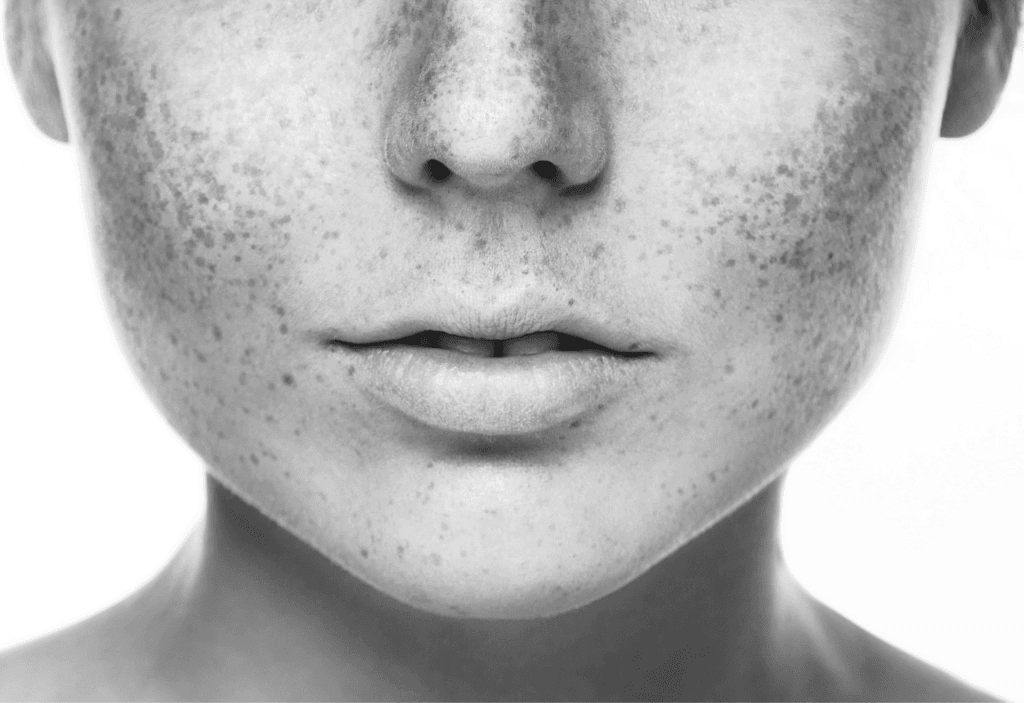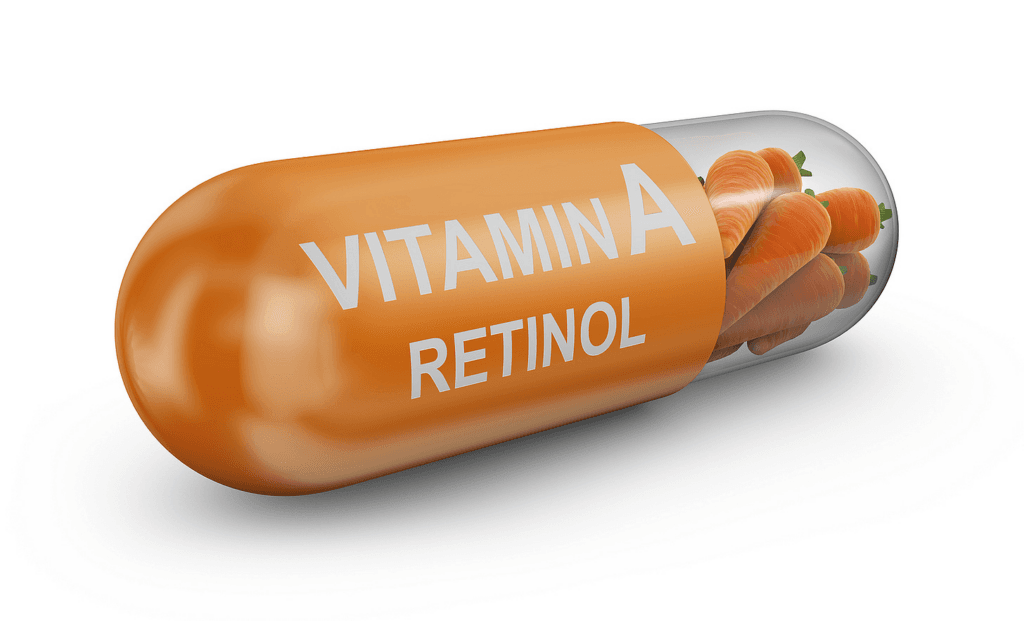Dark spots, also known as hyperpigmentation, are a common skin concern affecting individuals of all skin tones. These areas of darkened skin can result from sun exposure, hormonal changes, inflammation, or injury. Choosing the right treatment to address these spots requires understanding their cause and the various options available. This article will guide you through the process of selecting the best procedure for your specific needs.

Understanding Dark Spot Formation
Hyperpigmentation arises from an overproduction of melanin, the pigment responsible for skin color. Several factors contribute to this overproduction. Sun exposure is a primary culprit, as UV radiation stimulates melanocytes (melanin-producing cells) to produce more melanin. Hormonal fluctuations, particularly during pregnancy (melasma) or with certain medical conditions, can also trigger increased melanin production. Inflammation from acne, eczema, or injuries can lead to post-inflammatory hyperpigmentation (PIH), where the skin produces extra melanin in the healing process. Finally, genetic predisposition plays a role; some individuals are simply more prone to developing dark spots than others. Understanding the underlying cause of your hyperpigmentation is crucial in determining the most effective treatment strategy. Ignoring the root cause can lead to recurrence even after successful treatment.
Different types of hyperpigmentation respond differently to treatment. For example, sunspots (solar lentigines) respond well to topical treatments and chemical peels, while melasma often requires a more comprehensive approach involving multiple modalities. Post-inflammatory hyperpigmentation often fades naturally over time, but treatments can accelerate the process. Accurate diagnosis of the type of hyperpigmentation is essential for choosing the appropriate treatment. A thorough consultation with a dermatologist is recommended to determine the nature of your dark spots and the underlying causes. This will allow for a personalized treatment plan to be developed.
The location and depth of the hyperpigmentation also influence treatment choices. Superficial dark spots may respond well to topical treatments, while deeper spots may require more aggressive procedures. The size and number of spots are additional factors to consider. A few isolated spots may be effectively treated with laser therapy, while widespread hyperpigmentation might benefit from a combination of topical treatments and chemical peels. A dermatologist can assess the characteristics of your dark spots and recommend the most appropriate approach based on their clinical judgment.

Common Treatments for Dark Spots
Topical treatments are often the first line of defense against hyperpigmentation. Hydroquinone, a bleaching agent, is a common ingredient in many prescription-strength creams that effectively lighten dark spots. Other topical agents include retinoids (vitamin A derivatives), which promote cell turnover and exfoliation, and azelaic acid, which has anti-inflammatory and lightening properties. These topical treatments are generally well-tolerated but may cause initial irritation or dryness. Consistent use is key to achieving optimal results, which typically take several weeks or months to become apparent.
Chemical peels use chemical solutions to exfoliate the skin’s outer layers, revealing brighter, more even-toned skin underneath. Different types of peels, ranging from superficial to deep, are available, with the choice depending on the depth of the hyperpigmentation and the patient’s skin type. Superficial peels are suitable for mild hyperpigmentation, while deeper peels can address more severe cases. Chemical peels can cause temporary redness, peeling, and sensitivity, but the results are often dramatic. Recovery time varies depending on the depth of the peel.
Laser treatments offer a more targeted approach to hyperpigmentation. Different types of lasers target melanin in different ways, effectively breaking down the pigment and reducing the appearance of dark spots. Laser treatments can be effective for various types of hyperpigmentation, including sunspots, melasma, and PIH. However, laser treatments can be more expensive than topical treatments and may carry a higher risk of side effects, such as scarring or hypopigmentation (lightening of the skin). Careful selection of the laser type and parameters is crucial to minimize risks and maximize results.
Microdermabrasion is a non-invasive procedure that uses a specialized device to exfoliate the skin’s surface. This treatment is generally well-tolerated and can be effective for mild to moderate hyperpigmentation. It’s often used in conjunction with other treatments to enhance results. While microdermabrasion can improve skin texture and reduce the appearance of dark spots, it’s generally less effective than laser treatments or chemical peels for deeper hyperpigmentation. The results are usually gradual and require multiple sessions for optimal improvement.
Choosing the Right Procedure for You
The selection of the best procedure depends on several factors, including the type, severity, and location of your dark spots, your skin type, and your individual preferences. A thorough consultation with a dermatologist is essential to determine the most appropriate treatment plan. They will assess your skin, discuss your medical history, and consider any potential risks or contraindications before recommending a specific procedure. This personalized approach ensures that you receive the most effective and safest treatment for your unique needs.
Your skin type and tone play a significant role in treatment selection. Individuals with darker skin tones are at a higher risk of developing post-inflammatory hyperpigmentation and hypopigmentation after certain treatments. Therefore, a dermatologist will carefully consider your skin type when recommending a treatment to minimize the risk of complications. They may opt for gentler treatments or adjust the parameters of more aggressive procedures to ensure optimal safety and efficacy.
Cost is another important factor to consider. Topical treatments are generally the most affordable option, while laser treatments and chemical peels can be more expensive. Insurance coverage may vary depending on the procedure and the underlying medical condition causing the hyperpigmentation. It’s crucial to discuss the cost and insurance coverage with your dermatologist before proceeding with any treatment. A realistic budget should be established to ensure that the chosen treatment aligns with your financial capabilities.
The downtime associated with each procedure also needs consideration. Topical treatments generally have minimal downtime, while chemical peels and laser treatments may require several days or weeks of recovery. The extent of downtime will influence your choice of treatment, particularly if you have work or social commitments that may be affected by recovery time. Your dermatologist will discuss the expected downtime for each treatment option, allowing you to make an informed decision.
Maintaining Results & Preventing Recurrence
Consistent sun protection is paramount in maintaining the results of any dark spot treatment and preventing recurrence. Daily application of a broad-spectrum sunscreen with an SPF of 30 or higher is crucial, regardless of the weather. Seek shade during peak sun hours and wear protective clothing, such as hats and long sleeves, when possible. Regular sunscreen application is the single most important step in preventing new dark spots from forming and maintaining the improvement achieved through treatment.
Following your dermatologist’s post-treatment instructions is vital for optimal results and minimizing the risk of complications. This may include avoiding certain products or activities, such as harsh exfoliants, excessive sun exposure, or picking at the treated area. Adhering to these instructions helps to ensure that your skin heals properly and that the treatment’s effects are maximized. Failure to follow post-treatment instructions can lead to complications such as infection, scarring, or recurrence of hyperpigmentation.
Maintaining a consistent skincare routine is essential for long-term maintenance of results. This may include using gentle cleansers, moisturizers, and other products recommended by your dermatologist. A healthy skincare routine helps to keep your skin hydrated, protected, and promotes healthy cell turnover, reducing the risk of future hyperpigmentation. Regular visits to your dermatologist for follow-up appointments are also recommended to monitor your progress and address any concerns.
Regular use of topical treatments, as prescribed by your dermatologist, can help to maintain the improvement achieved through initial treatment. This may involve continued use of hydroquinone, retinoids, or other lightening agents to prevent the recurrence of dark spots. In some cases, maintenance treatments, such as chemical peels or laser sessions, may be recommended to maintain long-term results. A proactive approach to skincare, combined with regular follow-up appointments, is essential for preventing the recurrence of hyperpigmentation and maintaining a clear, even complexion.
Addressing dark spots effectively requires a comprehensive understanding of their formation and the various treatment options available. A consultation with a dermatologist is crucial for accurate diagnosis and personalized treatment planning. By combining appropriate procedures with consistent sun protection and a diligent skincare routine, you can achieve significant improvement and maintain a more even skin tone. Remember, prevention is key, so consistent sun protection is crucial in preventing future dark spots from forming.
Discover the expertise of Dr. Ebru Okyay, your trusted dermatologist in Antalya. Whether you’re looking to address medical skin concerns or enhance your natural beauty with cosmetic treatments, Dr. Okyay is here to help. With personalized care and advanced techniques, achieving your skin goals has never been easier.
